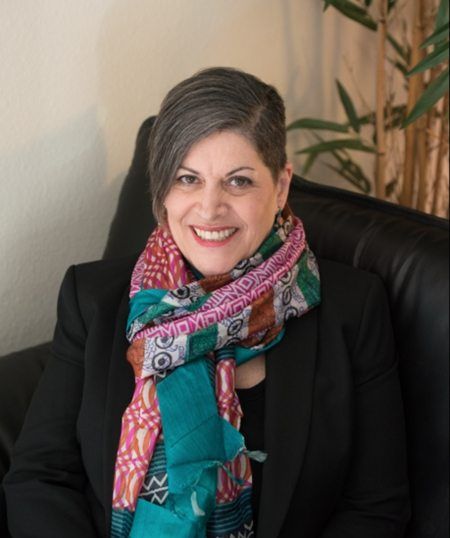The Eco-sexual™ Approach to Sex Therapy
Learning sex therapy can be confusing for the mint mental health professional or healthcare provider. There is no one theoretical approach to organizing information in a way that makes sense for both understanding and treating sexual problems.
That’s why, early in my sex therapy career, I felt a little lost.
I didn’t know how to ask my clients questions about their sexuality. It didn’t seem right to dive right into a discussion of symptoms. I am a psychologist, after all, and not a physician. My treatment is based on understanding the whole person, not just the function of a particular body part.
One day, as I was sitting with a client, I had a lightbulb moment - I could think of the client as having developed their sexuality in the context of an ecosystem! All the work I had done on my dissertation using Bronfenbrenner’s ecosystemic approach could finally be put to good use, even though the area of study was very different.
I started by asking questions about the influence of the client’s family of origin on their early experiences of understanding themselves as sexual beings - what Bronfenbrenner called the microsystem.
Then I moved on to ask about the sex education they received in school, from their religion, or even their healthcare provider - the macrosystem.
When I asked questions about the interaction between themselves and a partner, or between and among systems, we were hanging in the mesosystem. And when we explored the influence of culture, the media, or laws on their sexuality, we were in the exosystem.
When I was asked by Springer Publishing to write a book on sex therapy, I had another lightbulb moment when I blurted out, “The book can be called What Every Mental Health Professional Needs to Know about Sex!”
I knew I would use the book to use the approach I had first borrowed from Bronfenbrenner to create an ecosystemic framework for understanding all of the various influences people have on their sexuality.
Since the publication of my dissertation in 1999 (!), many people have also borrowed ideas from me.
The diagram I created with the help of my chair has been published many times, and researchers often reference the ecosystemic approach in journal articles about sex therapy.
Recently I came up with my third lightbulb moment. My approach needed a cool name - you know, like Emotionally Focused Therapy. Thus, the term eco-sexual approach was born, and today I proudly applied to trademark it.
In my textbook, I spend quite a bit of time explaining the eco-sexual™ assessment and approach to sex therapy that I’ve used with great success with hundreds of people in my private practice. It’s the approach that I teach in many of the courses that you’ll find on the site, but you’ll especially learn it if you take the companion course to my textbook,
It’s a meaty book, so you can earn 8 hours of continuing education for reading it and taking the accompanying chapter quizzes.
Want more?
Consider taking one of our other courses or, if you are seriously considering AASECT certification, sign up for a program.
Next time you read about an ecosystemic approach to sex therapy, well, it’s mine! I hope you’ll also associate it with Bronfenbrenner, and with all the ways I adapted his work to create an eco-sexual™ approach that is useful in the field of sexology.
Subscribe to my newsletter for latest news and receive my free 10-page guide, "Assessing Sexual Issues: A Provider's Guide"
Subscribe
Thank you!
Expect news of more blog posts and other free content
plus announcements of new courses and programs.
We never sell your information, promise.
Expect news of more blog posts and other free content
plus announcements of new courses and programs.
We never sell your information, promise.
